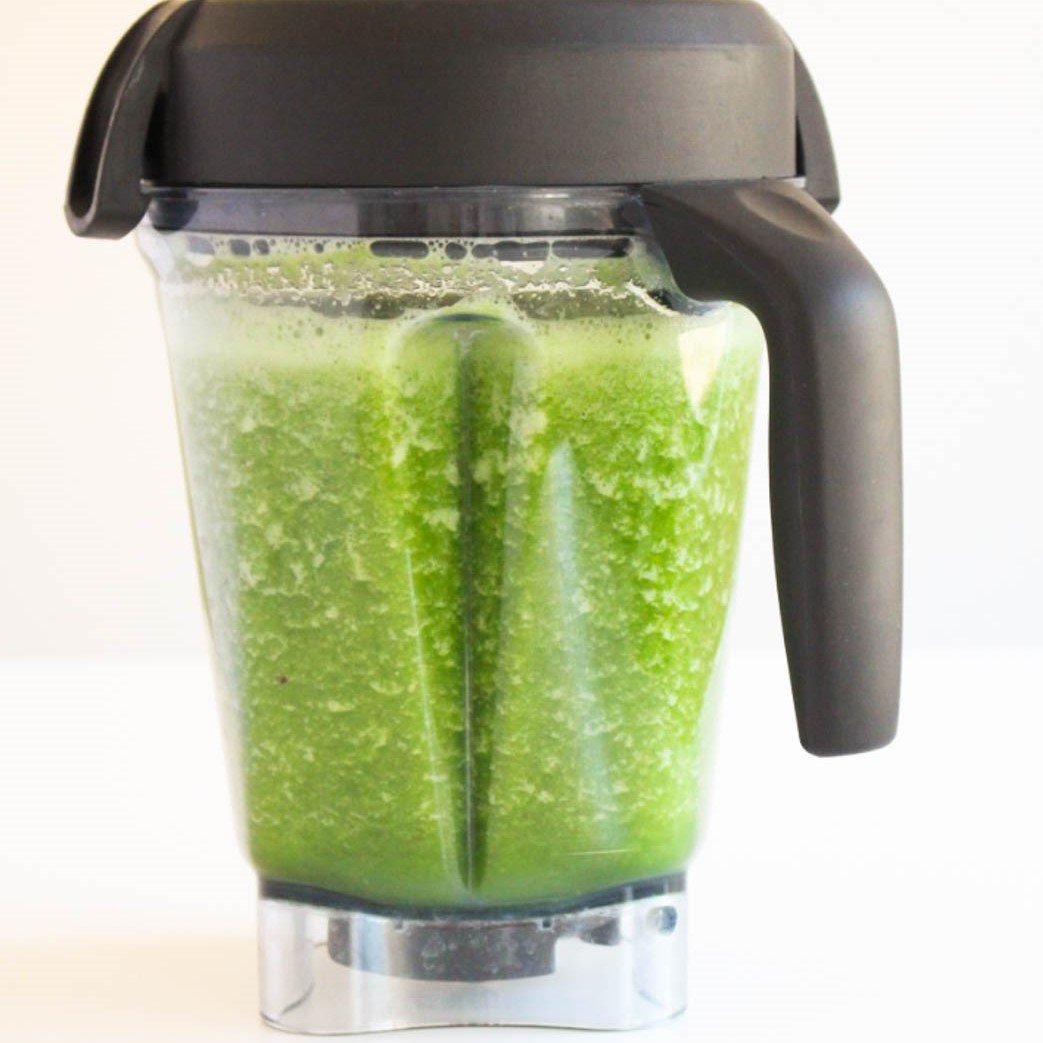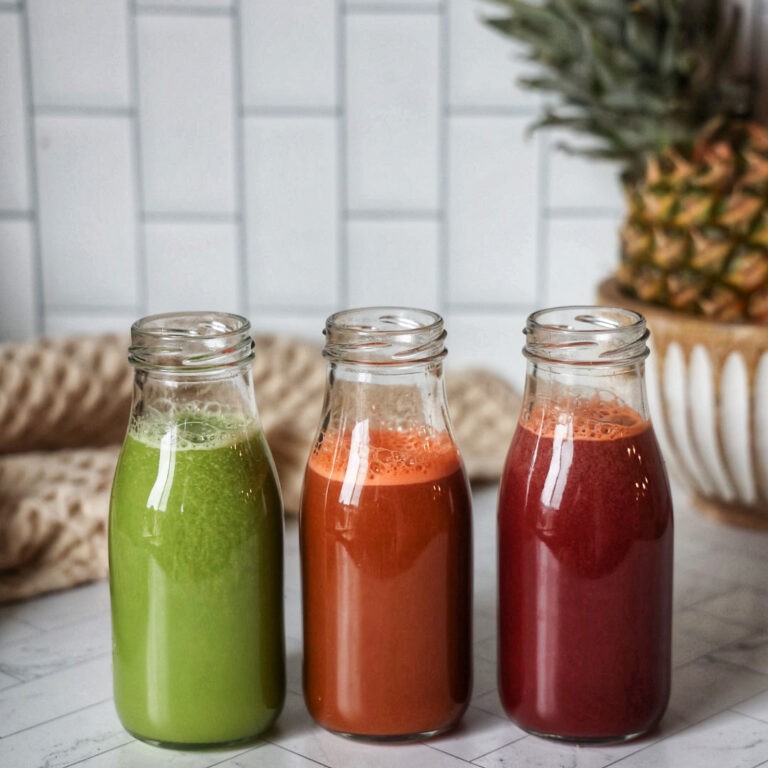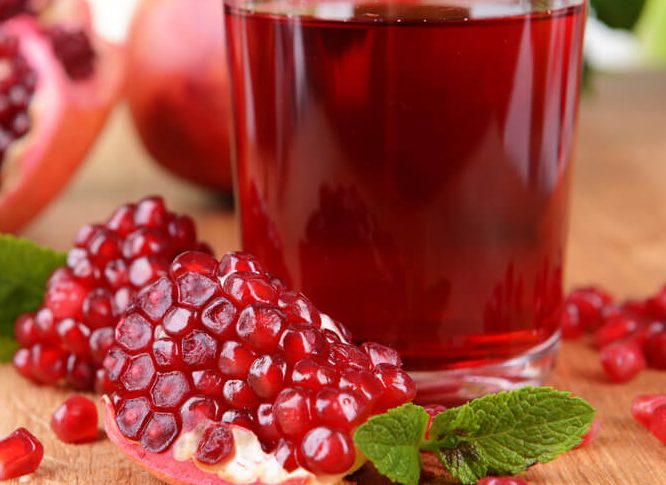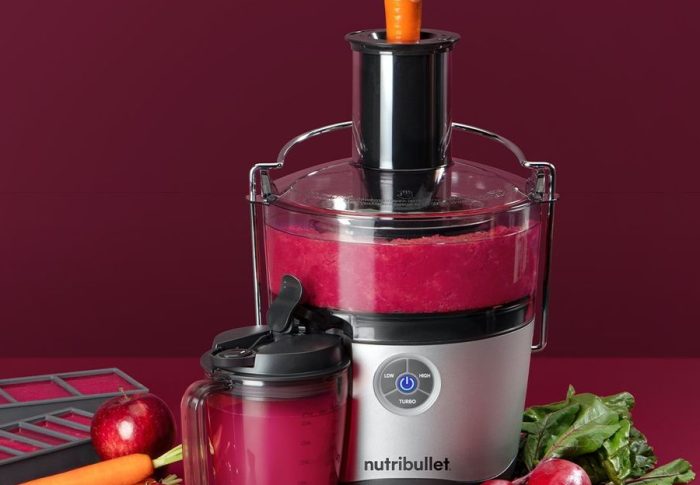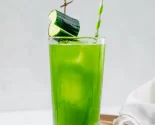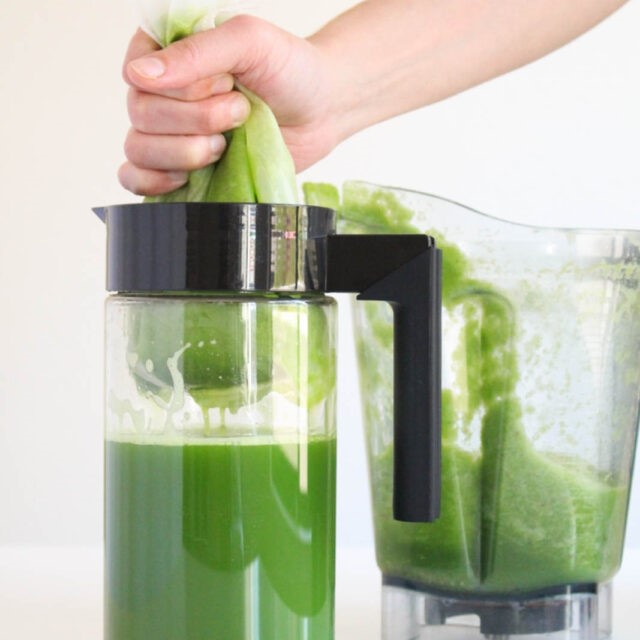
Can You Make Juice Without a Juicer?
Essential Tools for Making Juice Without a Juicer
Blenders
Blenders are a cornerstone in making juice without a juicer. They can pulverize fruits and vegetables into a smooth puree, which can then be strained to separate the juice from the pulp.
Food Processors
Similar to blenders, food processors can chop and blend ingredients effectively, making them another viable option for juicing.
Manual Citrus Squeezers
For citrus fruits like oranges, lemons, and limes, manual squeezers are perfect for extracting juice without any electric appliances.
Cheesecloth and Fine Mesh Strainers
These tools are essential for straining the pureed mixture to achieve a smooth juice by removing pulp and other solid particles.
Mason Jars and Bottles
Used for storing the freshly made juice, mason jars are an excellent choice due to their airtight seals and compatibility with various straining methods.
Step-by-Step Guide to Making Juice Without a Juicer
Selecting Your Fruits and Vegetables
Choose fresh, ripe produce for the best flavor and maximum nutrient content. Common choices include:
- Fruits: Apples, oranges, berries, bananas, pineapples, and grapes.
- Vegetables: Carrots, cucumbers, spinach, kale, and beets.
Washing and Preparing Ingredients
Thoroughly wash all fruits and vegetables to remove pesticides and dirt. Peel, seed, and chop them into smaller pieces to facilitate easier blending or processing.
Using a Blender to Make Juice
- Add Ingredients to Blender: Place your prepared fruits or vegetables into the blender. If using leafy greens, add a bit of water to help with blending.
- Blend Until Smooth: Blend on high until the mixture is completely smooth.
- Strain the Mixture: Pour the blended mixture through a cheesecloth or fine mesh strainer into a bowl or mason jar. Use your hands or a spatula to push the liquid out, separating the juice from the pulp.
- Serve and Store: Pour the juice into glasses to serve immediately or store in the refrigerator for later use.
Using a Food Processor to Make Juice
- Chop and Add Ingredients: Place your chopped fruits or vegetables into the food processor.
- Pulse Until Chopped: Pulse until the ingredients are finely chopped and reach a consistent texture.
- Strain the Mixture: Transfer the processed mixture to a cheesecloth or fine mesh strainer. Press or squeeze to extract as much juice as possible.
- Enjoy Fresh: Serve your juice immediately or keep it chilled for future consumption.
Manual Juicing for Citrus Fruits
- Cut the Fruit: Slice your citrus fruits in half.
- Use a Squeezer: Place the cut side down in a manual citrus squeezer and press firmly to extract the juice.
- Strain If Necessary: If you detect any seeds or excess pulp, strain the juice through a fine mesh strainer.
- Serve or Store: Pour the juice into a glass or container for immediate use or refrigeration.
Combining Methods for Non-Citrus Juices
For non-citrus juices, such as apple or vegetable juices, combine the blending and manual straining methods:
- Blend the Ingredients: Use a blender to puree the chosen fruits or vegetables.
- Strain Thoroughly: Use cheesecloth or a fine mesh strainer to separate the liquid from the solids.
- Adjust Consistency: If the juice is too thick, add water or ice to reach the desired consistency.
- Flavor Enhancements: Add a touch of honey, lemon juice, or spices like ginger for added flavor.
Tips for Maximizing Juice Yield and Flavor
Use the Right Texture
The texture of the blended or processed mixture affects the yield. Ensure that ingredients are blended smoothly to maximize juice extraction.
Strain Properly
Fine mesh strainers and cheesecloth are crucial for removing pulp and achieving a smooth juice. For even better results, press or squeeze the pulp to extract as much liquid as possible.
Balance Flavors
Combine sweet and tart fruits or pair fruits with vegetables to create a balanced flavor profile. For example, apple and carrot juice offers sweetness with a hint of earthiness.
Preserve Nutrients
Drink your juice immediately after making it to retain the maximum nutrient content. If you need to store it, keep it in airtight containers in the refrigerator and consume within 24-48 hours.
Experiment with Combinations
Don’t be afraid to try different combinations of fruits and vegetables. Experimenting can lead to discovering new favorite flavors and health benefits.
Popular Juice Recipes Without a Juicer
Classic Apple Juice
Ingredients:
- 4 apples, cored and chopped
- 1 cup water
- 1 tablespoon lemon juice (optional)
- Honey to taste (optional)
Instructions:
- Place the chopped apples and water in a blender.
- Blend until smooth.
- Strain the mixture using a cheesecloth into a bowl.
- Add lemon juice and honey if desired.
- Stir well and serve chilled.
Refreshing Carrot-Orange Juice
Ingredients:
- 4 large carrots, peeled and chopped
- 2 oranges, peeled
- 1-inch piece of ginger, peeled
- 1 cup water
- Ice cubes (optional)
Instructions:
- Add carrots, oranges, ginger, and water to the blender.
- Blend until smooth.
- Strain the juice through a fine mesh strainer or cheesecloth.
- Add ice cubes if desired and serve immediately.
Green Detox Juice
Ingredients:
- 1 cup spinach leaves
- 1 cucumber, peeled and chopped
- 2 green apples, cored and chopped
- 1 celery stalk, chopped
- 1 lemon, peeled
- 1-inch piece of ginger, peeled
- 1 cup water
Instructions:
- Combine all ingredients in a blender.
- Blend until fully pureed.
- Strain the mixture, pressing with a spoon or using cheesecloth.
- Pour into a glass and enjoy the detoxifying benefits.
Tropical Pineapple-Mango Juice
Ingredients:
- 1 cup pineapple chunks
- 1 ripe mango, peeled and chopped
- 1 banana
- 1 cup coconut water
- Ice cubes (optional)
Instructions:
- Place pineapple, mango, banana, and coconut water in the blender.
- Blend until smooth.
- Strain if a smoother texture is preferred, though this recipe works well without straining.
- Add ice cubes if desired and serve immediately.
Beetroot and Berry Juice
Ingredients:
- 2 medium beetroots, peeled and chopped
- 1 cup mixed berries (strawberries, blueberries, raspberries)
- 1 apple, cored and chopped
- 1 orange, peeled
- 1 cup water
Instructions:
- Add beetroots, berries, apple, orange, and water to the blender.
- Blend until smooth.
- Strain the juice through a cheesecloth or fine mesh strainer.
- Stir and pour into a glass, serving immediately.
Creative Alternatives and Enhancements
Adding Herbs and Spices
Enhance the flavor and nutritional profile of your juice by adding herbs and spices such as:
- Mint: Adds a refreshing taste.
- Basil: Offers a sweet and slightly peppery flavor.
- Ginger: Provides a spicy kick and aids digestion.
- Turmeric: Adds earthiness and has anti-inflammatory properties.
Infusing with Superfoods
Boost your juice with superfoods for added health benefits:
- Chia Seeds: Add omega-3 fatty acids and fiber.
- Spirulina: Provides protein and antioxidants.
- Matcha Powder: Offers a caffeine boost and antioxidants.
- Flaxseeds: Enhance omega-3 content and fiber.
Sweeteners and Enhancers
Adjust the sweetness and flavor of your juice with natural sweeteners:
- Honey or Agave Nectar: Add sweetness without processed sugars.
- Maple Syrup: Offers a rich, caramel-like sweetness.
- Dates: Provide natural sweetness and additional fiber.
Temperature Adjustments
Serve your juice chilled for a refreshing experience or slightly warmed juices for comfort and enhanced flavors, especially in colder months.
Troubleshooting Common Juice-Making Challenges
Thick or Pulp-Laden Juice
Solution:
- Ensure thorough blending to break down all fibers.
- Strain the juice multiple times using a fine mesh strainer or cheesecloth.
- Add more water to achieve a desired consistency.
Bitter Taste
Solution:
- Balance bitterness with sweeter fruits like apples or bananas.
- Add a touch of honey or another natural sweetener.
- Incorporate a bit of lemon juice to add brightness and counteract bitterness.
Separation of Ingredients
Solution:
- Shake or stir the juice before consuming to redistribute the ingredients.
- Use a blender to emulsify the juice better, reducing separation.
- Incorporate stabilizing ingredients like bananas, which can help bind the juice.
Low Yield
Solution:
- Use high juicing yield fruits and vegetables, such as oranges, apples, and carrots.
- Experiment with blending times to ensure all fibers are adequately broken down.
- Press or squeeze the pulp thoroughly to extract maximum juice.
Storage Tips for Freshly Made Juice
Refrigeration
Store fresh juice in airtight containers in the refrigerator. Consuming within 24-48 hours ensures maximum freshness and nutrient retention.
Freezing
For longer storage, freeze juice in ice cube trays or freezer-safe containers. Thaw in the refrigerator or at room temperature before consuming.
Avoiding Oxidation
Minimize exposure to air by filling containers to the brim and sealing tightly. This helps preserve color, flavor, and nutrients.
Using Dark-Colored Containers
Store juice in dark or tinted glass bottles to protect it from light-induced nutrient degradation, especially for juices high in vitamin C and other sensitive vitamins.
Cleaning and Maintaining Your Juice-Making Tools
Immediate Cleaning
Clean all tools immediately after use to prevent juice from drying and sticking, making cleanup easier and maintaining hygiene.
Proper Drying
Ensure that all tools, especially blenders and strainers, are thoroughly dried before storing to avoid mold and bacterial growth.
Regular Deep Cleaning
Periodically perform deep cleaning, especially for appliances like blenders and food processors, by following manufacturer instructions or using vinegar and baking soda solutions to eliminate stains and odors.
 Can You Make Juice Without a Juicer? – Final Thoughts
Can You Make Juice Without a Juicer? – Final Thoughts
In conclusion, can you make juice without a juicer? The resounding answer is yes! With a variety of kitchen tools and a bit of creativity, you can craft delicious, nutritious juices right at home. Whether you choose the versatile blender, the efficient food processor, or opt for manual squeezing methods, making fresh juice without specialized equipment is entirely achievable. Embrace the process, experiment with different ingredients and techniques, and enjoy the myriad health benefits that homemade juice has to offer. By incorporating these methods into your routine, you not only enhance your culinary skills but also promote a healthier, more sustainable lifestyle.

